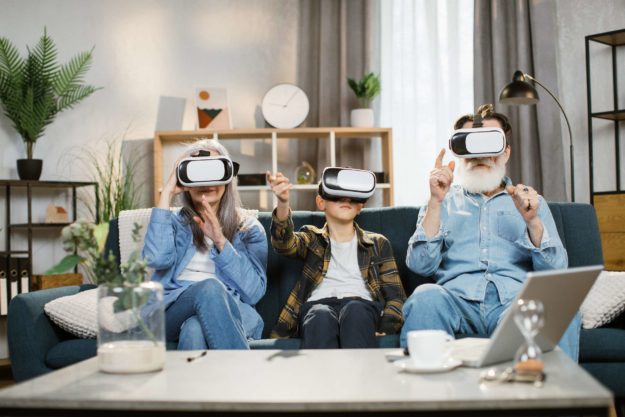Immersive Wellbeing and Immersive Education and Training
Virtual and augmented reality technologies permit to immerse users in 3D space. In this project we investigate how these technologies can enhance wellbeing and provide new education formats. It is embedded in the overall research domain of spatial computing, which integrates computer systems with the physical world. The goal is to explore new use cases for augmented and virtual reality technologies and investigate and further develop the concepts underlying these use cases.
The vision, thereby, is to enhance well-being in smart living scenarios as well as to provide immersive education formats that permit to experience education in a three-dimensional space for fostering understanding.
In particular, we are interested in the use of 3D recordings of real environments for immersing users in distant spaces, e.g., for permitting applications in the domain of healthcare and elderly care where people are not capable of leaving their homes anymore and would still like to experience an environment at another location. Instead of expensive and laborious journeys to such places, people could be immersed in such environments via virtual reality and experience them at least visually as if they were there in physical presence.
Further, 3D recordings of real environments could enhance the engineering requirements for augmented reality applications to decide where augmentations are positioned in real environments. Especially for education and training scenarios, this could help to explain and test the behavior of augmented reality applications prior to their actual implementation and thus refine their requirements.
We recently completed the creation of an immersive video that gives us a better understanding of how we can move forward in this area. The video was created as part of our projects on knowledge-centered augmented reality using conceptual modeling, immersive wellness, and immersive education. Below, HanYun Jhang from EPFL's HOBEL laboratory explains one of his experiments.
*It is best viewed with a VR headset such as Meta Quest Pro, Meta Quest 3, or Apple Vision Pro.
